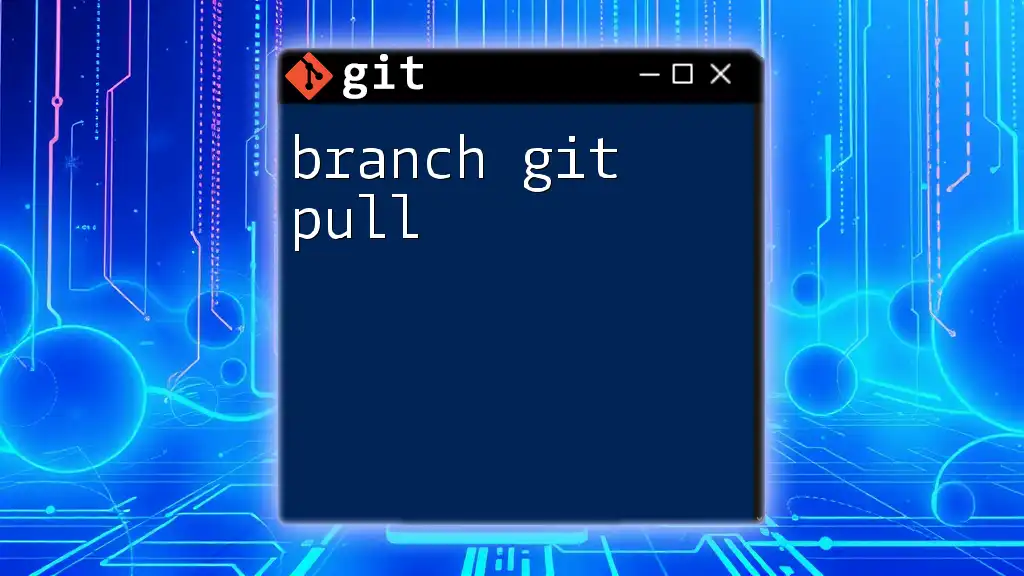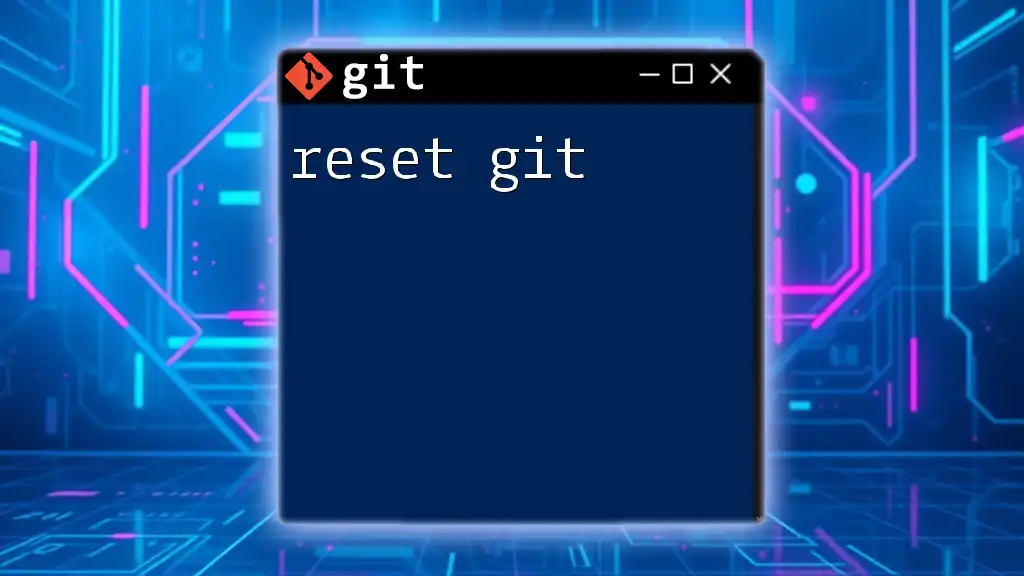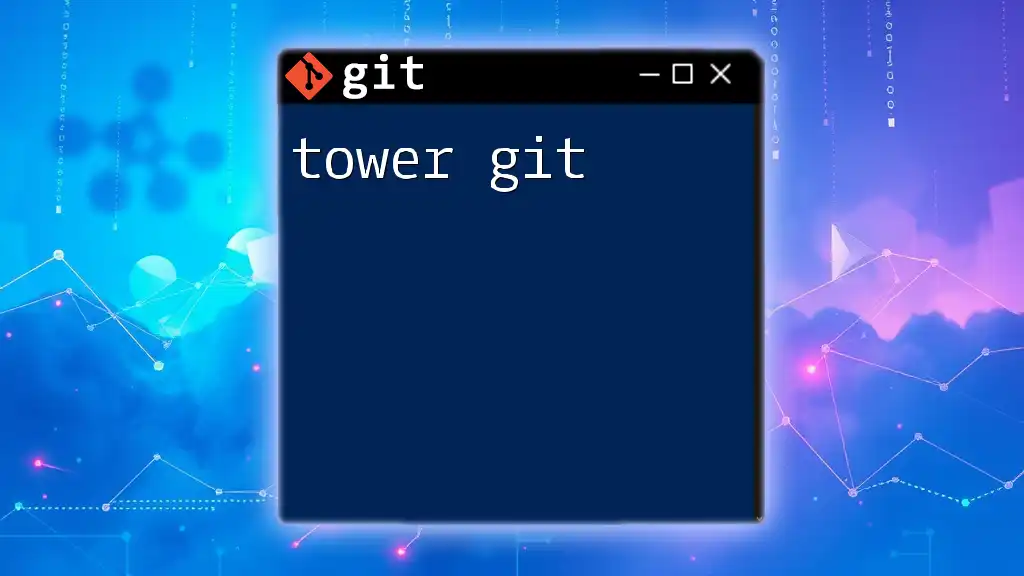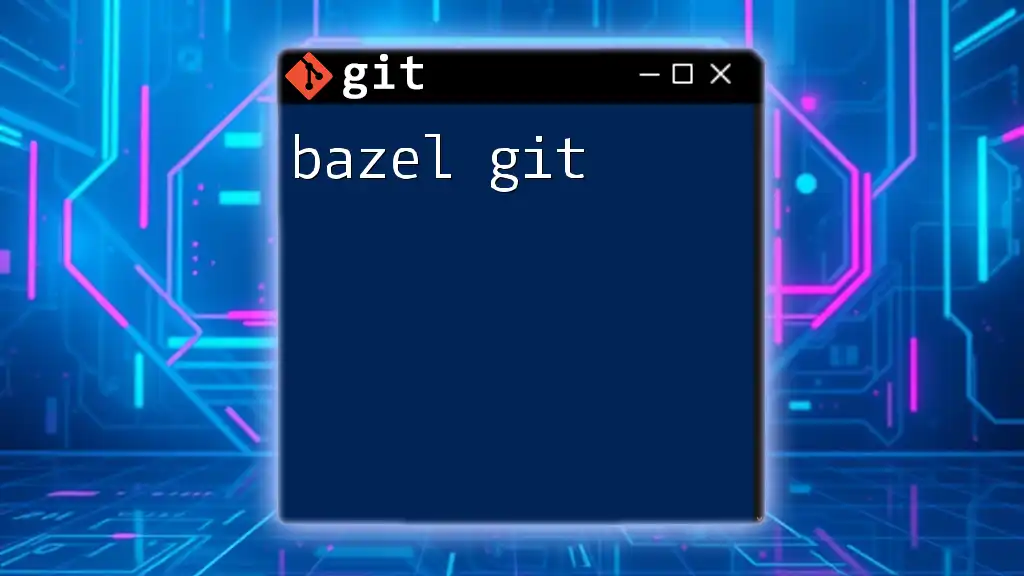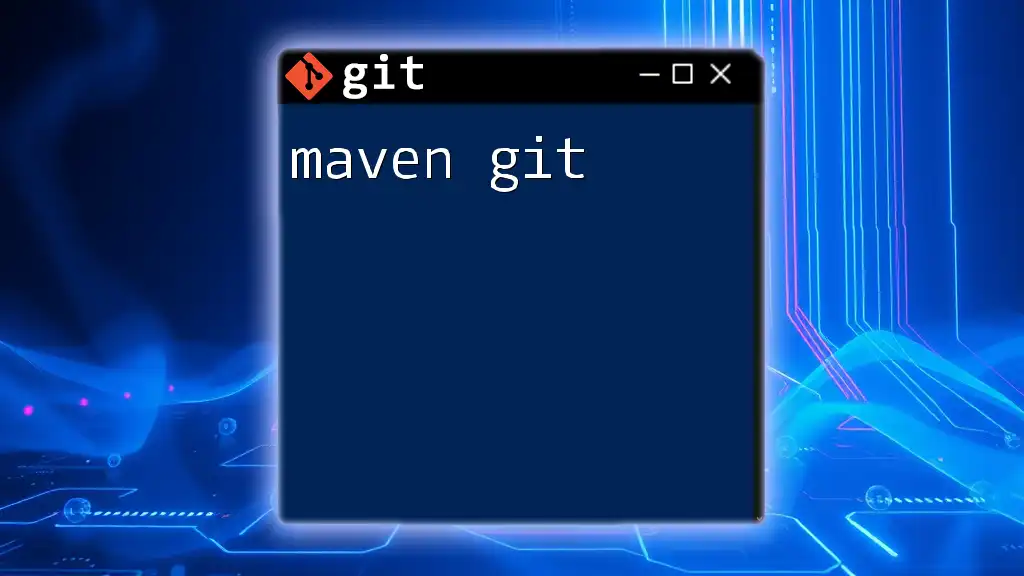"Ranger Git" refers to using the Ranger file manager to interact with Git repositories efficiently from the command line.
Here's a code snippet to demonstrate how to open a Git repository in Ranger:
ranger /path/to/your/git/repo
Understanding Ranger Git
What is Ranger Git?
Ranger Git is a powerful combination of the Ranger file manager and the Git version control system. Ranger is a console-based file manager that provides a minimalist and efficient way to navigate and manage files and directories within your operating system. By integrating Ranger with Git, users can facilitate seamless version control operations directly from their file system interface.
Ranger not only allows you to browse directories with ease but also empowers you to execute Git commands efficiently without leaving the file manager environment. This integration enhances the typical workflow for developers, allowing for a more straightforward and productive experience when dealing with project files.
Why Use Ranger Git?
Using Ranger with Git streamlines your workflow by combining the strengths of both tools. With Ranger's intuitive keyboard navigation and Git's version control capabilities, you can:
- Reduce context switching: With Ranger, you can perform file management tasks and Git commands in one place.
- Explore your repository visually: The directory tree and file previews help you understand your project structure at a glance.
- Enhance your productivity: Performing operations with keyboard shortcuts minimizes time spent on repetitive tasks.

Setting Up Ranger with Git
Installing Ranger
To begin using Ranger Git, you first need to install Ranger. The installation process differs depending on your operating system.
For Linux, you can install Ranger using your package manager. Here’s a typical command for Debian-based systems:
sudo apt install ranger
For macOS, you may utilize Homebrew with the following command:
brew install ranger
Windows users can install Ranger through the Windows Subsystem for Linux (WSL) if they prefer a Unix-like environment.
Basic Configuration
Once Ranger is installed, configuring it can be beneficial for enhancing your Git experience. You can find or create the configuration file typically located in `~/.config/ranger/rc.conf`.
To make it more efficient for managing hidden files and improved command visibility, add the following configuration:
set show_hidden true
With this setting, you'll be able to see all files, including those ignored by Git (like `.gitignore`).
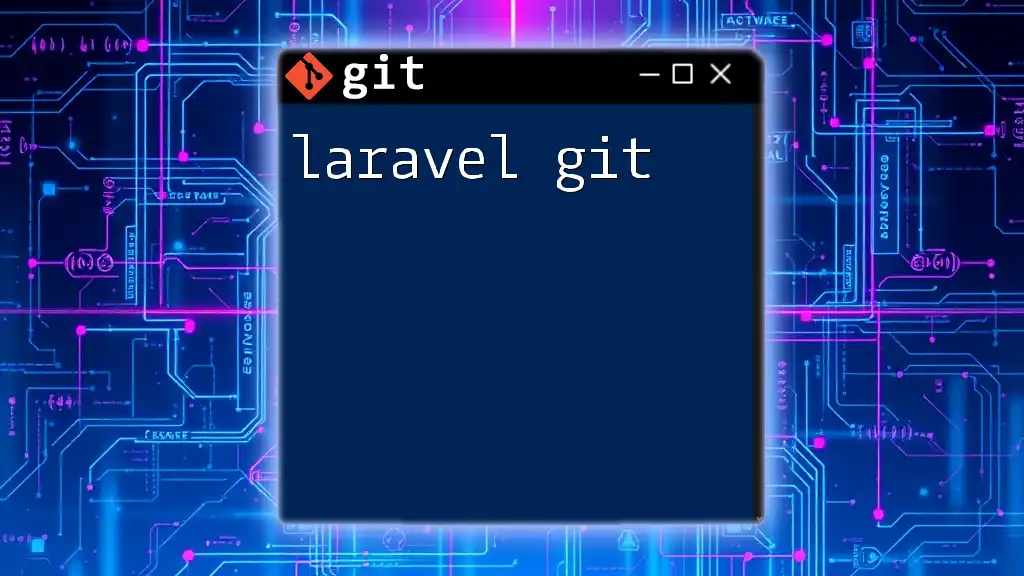
Navigating with Ranger
Launching Ranger
To launch Ranger, simply open your terminal and type:
ranger
This command will bring up the Ranger interface, where you can start navigating through your directories.
Understanding Ranger Interface
The Ranger user interface consists of several components that contribute to a robust navigation experience:
- File previews: As you highlight each file, you can see its content and properties displayed on the right side.
- Directory tree: It helps you visualize the structure of directories and subdirectories.
- Command bar: At the bottom, this area allows you to input commands directly, including Git commands.
Familiarizing yourself with these components is vital for efficient navigation and file management.

Git Commands in Ranger
Introduction to Git Commands
Git is integral for version control in projects. Ranger allows you to execute common Git commands directly from its interface, making the management of your repository effortless. Below, we detail how to perform basic Git operations within Ranger.
Performing Git Operations
Cloning a Repository
To clone a Git repository directly into Ranger, navigate to the desired directory using the arrow keys, then open the command bar and enter:
git clone https://github.com/username/repo.git
Ranger will parse the command and create a local copy of the repository.
Committing Changes
Once you’ve made changes to files, you can stage and commit these changes directly through Ranger:
- Navigate to the file you want to stage and press `Space` to select it.
- Enter the following commands into the command bar:
git add <filename>
git commit -m "Your commit message"
This aligns your changes with the source control system, creating a history of modifications.
Pushing and Pulling Changes
To ensure your local changes are backed up and shared with remote repositories, use the following commands:
- To push your changes:
git push origin main
- To pull updates from the remote repository:
git pull origin main
These operations can be executed swiftly without needing to exit Ranger, saving you time and maintaining your workflow.
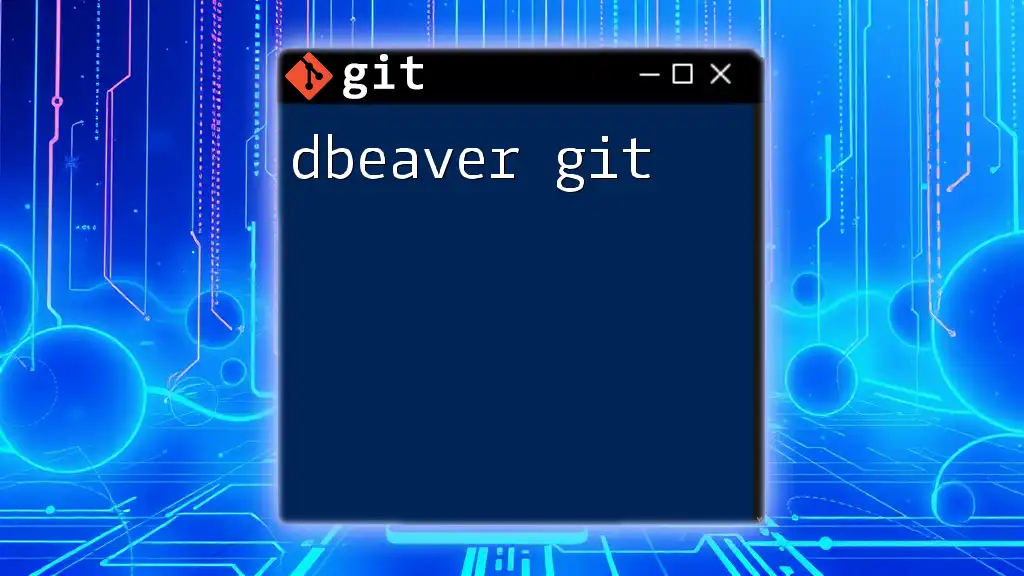
Advanced Features of Ranger Git
Custom Commands
One of Ranger's strengths is its customization capabilities. You can create specific commands for repetitive Git operations to further enhance efficiency. Edit your `rc.conf` file to map a command. For example, to map pushing changes, you could add:
map g push
Now, pressing `g` while the command bar is active will execute a push, streamlining your workflow.
Integration with Git Hooks
Git hooks are scripts that run automatically on specific events. You can set up hooks within Ranger, like creating a pre-commit hook to enforce coding standards. To do this, create a script in your `.git/hooks/pre-commit` directory and ensure it is executable. This integration adds another layer of efficiency, helping automate quality checks.
Leveraging Plugins
Ranger supports various plugins that can enhance your Git experience. Examples of useful plugins include:
- ranger-git: This offers additional capabilities tailored for Git operations, making workflows even smoother.
- ranger-git-grep: A plugin for searching through your git repository by leveraging the powerful `git grep` functionality.
Explore these plugins to augment your Ranger experience and optimize Git operations.

Tips and Best Practices for Using Ranger with Git
Optimizing Your Workflow
By adopting specific practices, you can enhance your productivity when using Ranger Git. Here are a few suggestions:
- Regularly organize your repositories: Keep your directory structure tidy to avoid confusion with multiple projects.
- Learn keybindings: Familiarize yourself with Ranger's keyboard shortcuts to navigate quickly.
Troubleshooting Common Issues
Users may encounter issues such as:
- Ranger not launching: Ensure it’s installed correctly and accessible via the terminal.
- Git commands failing: Check if you are in a directory initialized as a Git repository (`git init`).

Conclusion
Ranger Git is a powerful tool that marries intuitive file management with robust version control. By using Ranger, developers can enjoy a seamlessly integrated environment that enhances productivity and workflow efficiency. With the knowledge shared in this guide, you can confidently start utilizing Ranger for your Git needs, paving the way for a more organized and efficient coding experience.

Additional Resources
For further exploration, consider reviewing the following resources:
- [Ranger Documentation](https://ranger.github.io/)
- [Git Official Documentation](https://git-scm.com/doc)
Utilizing these resources will deepen your understanding of both Ranger and Git, allowing you to harness their full potential.










